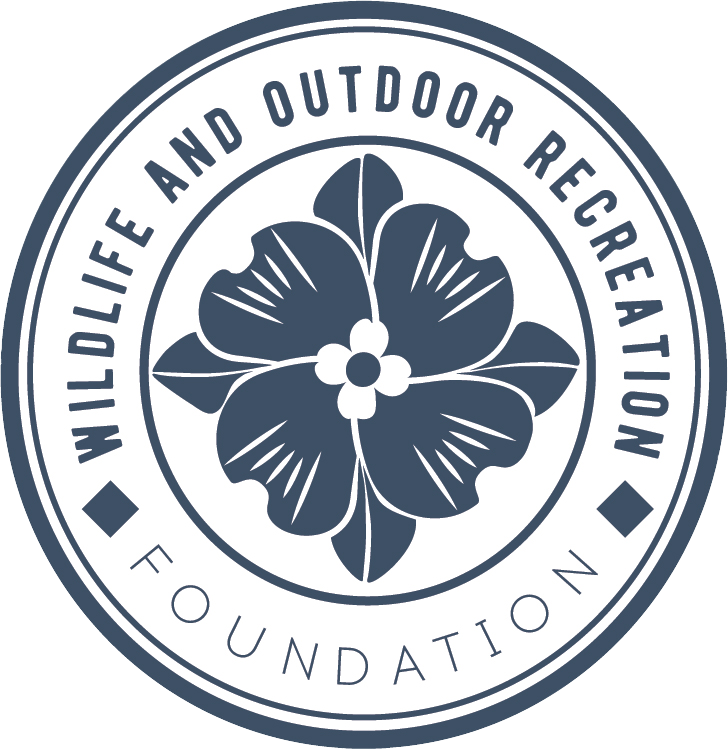Kids love color and fall brings that out in all of the trees, that are no longer green! Engaging children in outdoor activities like collecting leaves during the fall can be both fun and educational. Here are some tips and ideas to make leaf collecting an enjoyable experience for both parents and children:
Leaf Collecting Tools
Provide Bags or Baskets: Give children bags or baskets to collect leaves. This gives them a sense of purpose and helps them organize their collection.
Include a Notebook: Provide a small notebook and encourage kids to write down observations about each leaf, such as where it was found or the characteristics of the tree it came from.
Exploration and Learning
Why is that tree not green?
When chlorophyll breaks down the tree leaves green color disappears , and unmasks yellows, oranges, reds, and purples.
Identify Different Trees: Teach children to recognize different types of trees based on their leaves. Each tree species has distinct leaf shapes and colors.
Discuss Seasons: Explain why leaves change color in the fall. Talk about the science behind this process, involving chlorophyll, carotenoids, and anthocyanins.
Wildlife Exploration: Encourage kids to observe insects, birds, and other wildlife that might be around while collecting leaves. It's a great opportunity for learning about the ecosystem.
Why are the leaves falling?
The trees shed leaves in preparation for winter.
Scientific Activities
Leaf Comparisons: Compare leaves based on size, shape, color, and texture. This encourages observational skills and critical thinking.
Lifecycle Discussions: Discuss the life cycle of a leaf, including how it grows, changes colors, falls, and decomposes, enriching the soil.
Leaf Rubbing is fun for all ages!
This activity highlights the veins, texture, and shape of the different leaves, and makes really nice wall art!
Creative Activities
Leaf Rubbings: Use collected leaves for leaf rubbings. Place a leaf under a piece of paper and rub a crayon gently over it to reveal the leaf's texture.
Leaf Crafts: Press leaves between heavy books to preserve them. Later, they can be used for crafts like making greeting cards or decorating photo frames.






